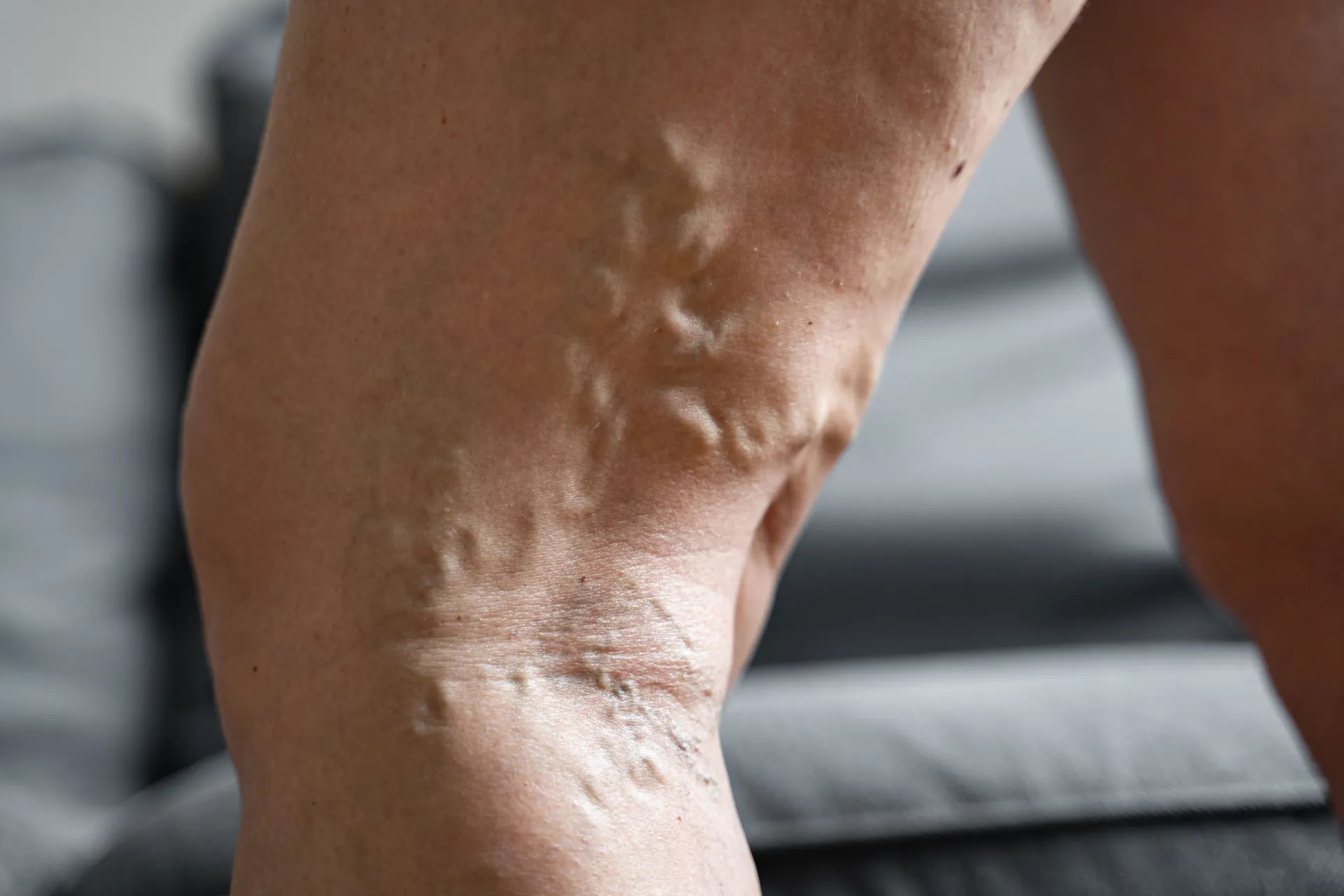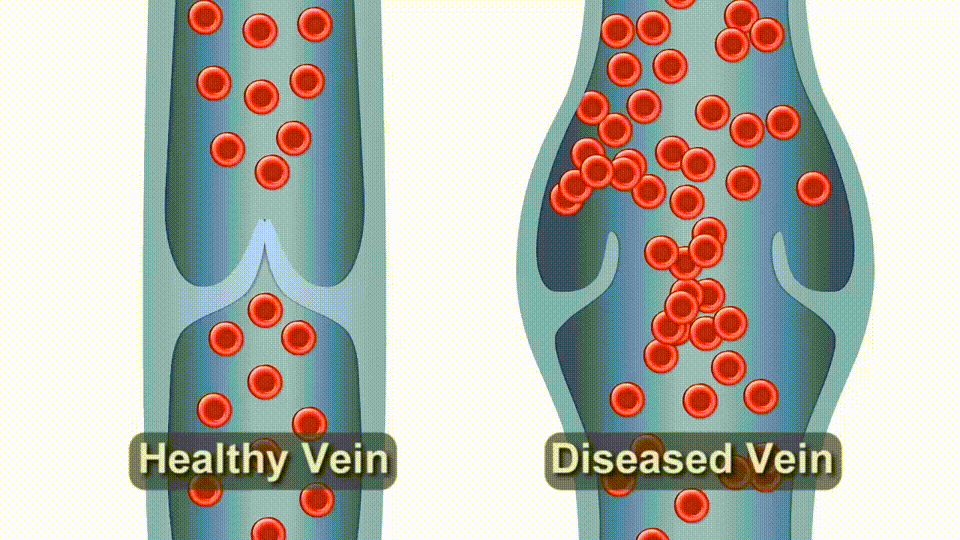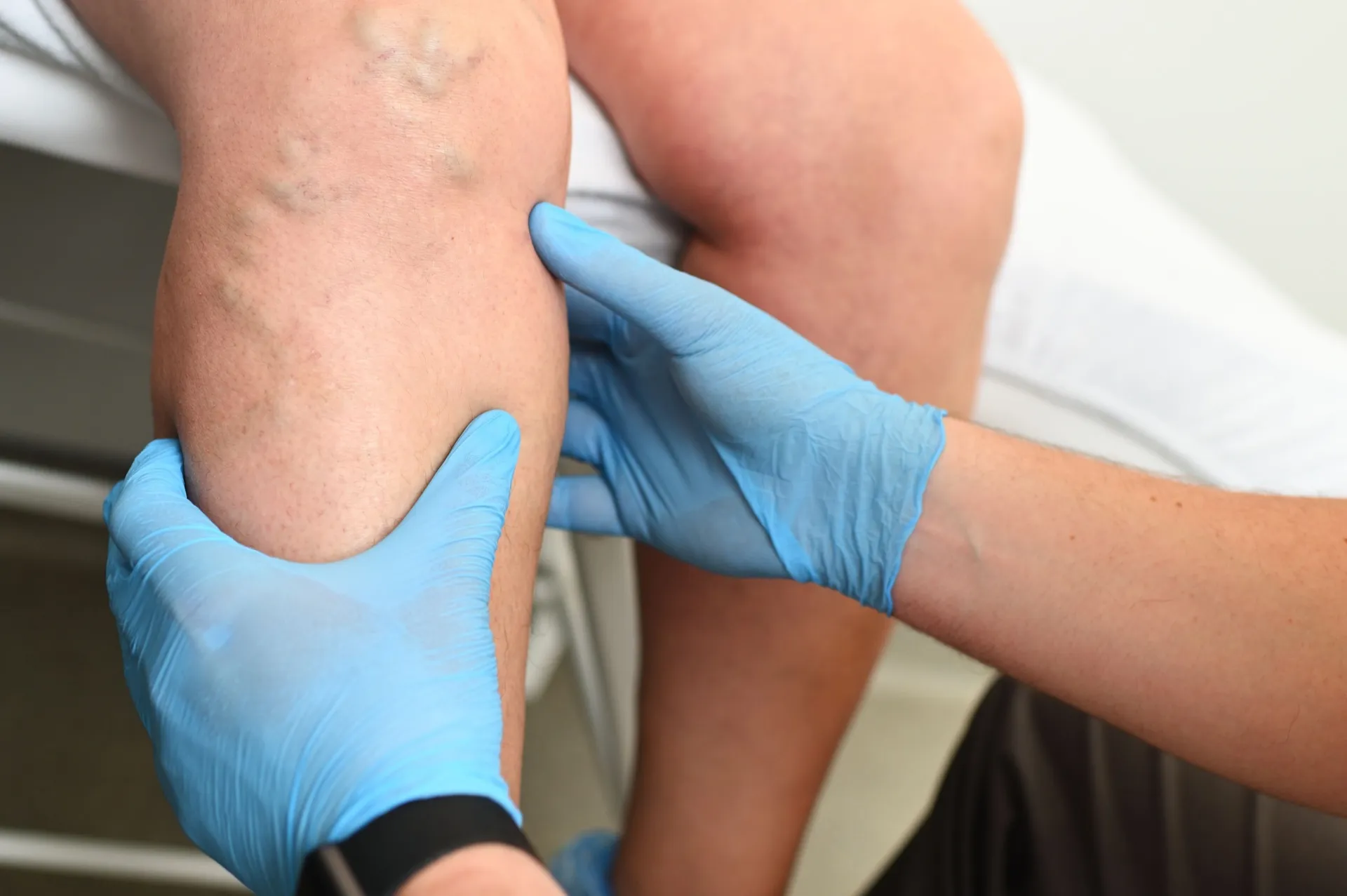Chronic Venous Insufficiency

When the one-way valves in your leg veins fail to function properly, blood that should flow upward toward your heart instead flows backward and pools in your lower extremities. This condition, known as chronic venous insufficiency (CVI), affects 40 million Americans and progressively worsens without treatment. Venous insufficiency is also called venous reflux because the blood flows in the wrong direction. Venous insufficiency and varicose veins are also frequently used interchangeably. What may begin as mild leg discomfort can advance to serious complications, including skin ulcers and permanent tissue damage.
Dr. Louis Prevosti brings over 30 years of cardiovascular expertise to his Canton practice, where he focuses exclusively on diagnosing and treating venous disorders. As a cardiothoracic surgeon who has focused on vein care for the past 15 years, he has performed over 20,000 vein procedures and 5,000 open heart operations in his career. Dr. Prevosti understands the complex patterns of venous insufficiency and how to address them effectively through minimally invasive treatments.

Understanding Chronic Venous Insufficiency
Leg veins contain dozens of one-way valves designed to prevent blood from flowing backward as it travels from your feet to your heart. Unlike arterial circulation, which relies on the heart's pumping action, venous blood flow in the legs depends on muscle movement and properly functioning venous valves. When these valves weaken or become damaged, they allow blood to leak backward, creating increased pressure in the leg veins.
This valve dysfunction rarely improves on its own. As venous pressure builds over months and years, it causes progressive damage to surrounding tissues and additional vein valves, creating a cascade of worsening symptoms. Dr. Prevosti's diagnostic expertise allows him to identify even early-stage CVI patterns and intervene before complications develop.
Recognizing CVI Symptoms
Chronic venous insufficiency manifests through various symptoms that typically worsen throughout the day, including:
- Leg pain, aching and throbbing
- Heavy, tired legs
- Swelling of legs and ankles
- Varicose veins (bulging veins)
- Spider veins (small, thin veins, usually in clusters)
- Night cramps
- Restless legs
- Itching and skin dryness
- Skin irritation and inflammation
- Skin thickening and induration
- Skin discoloration and darkening
- Venous ulcers near the ankles
- Tingling or numbness in the feet and lower legs
These symptoms often intensify after prolonged standing or sitting and may improve with leg elevation. Many patients mistake early CVI symptoms for normal aging or fatigue, delaying treatment until the condition advances.

Risk Factors Dr. Prevosti Evaluates
During your comprehensive evaluation, Dr. Prevosti assesses multiple factors that can contribute to chronic venous insufficiency. Family history plays a significant role, as venous insufficiency is hereditary. It is estimated that if one parent has venous insufficiency/varicose veins, a patient has a 50% chance of having the same. If two parents have the disorder, there is a 90% chance a patient will get venous insufficiency/varicose veins.
Women face a higher risk of developing venous insufficiency than men. This is because the female hormones estrogen and progesterone cause vein wall dilation and vein valve weakness. Pregnancy is also a risk factor for venous disease, especially in women who have more than one full-term pregnancy. This is due to the high levels of progesterone, particularly in the third trimester, as well as an increase in blood volume of up to 50%. In addition, the weight of the uterus on the pelvic veins can contribute to venous insufficiency.
Occupational factors also heavily influence CVI development. Jobs requiring prolonged standing or sitting create conditions where blood pools in the legs, placing excessive strain on the vein valves. Previous medical history also matters, as patients who have experienced deep vein thrombosis or superficial vein thrombosis have an increased risk of developing venous insufficiency.
The vein valves can weaken with age, so the incidence of venous insufficiency increases with age. Lifestyle factors, including a sedentary lifestyle, further influence your risk profile. Excess weight places additional pressure on the venous system. Dr. Prevosti considers all these elements when evaluating your condition.
Ultrasound Mapping for Comprehensive Diagnosis
Through detailed ultrasound examination performed in his Canton office, Dr. Prevosti maps your entire venous system to identify which veins function normally and which show signs of valve failure. This diagnostic precision enables him to develop targeted treatment plans addressing your specific pattern of venous insufficiency.

Treatment Options for CVI
Dr. Prevosti offers comprehensive minimally invasive treatments performed under local anesthesia in his comfortable office setting:
- Radiofrequency ablation seals malfunctioning veins using controlled thermal energy
- Endovenous laser ablation precisely targets damaged veins with laser technology
- VenaSeal™ employs a medical adhesive to close problematic veins without heat
- Varithena® uses FDA-approved foam to treat various vein configurations
- Ambulatory microphlebectomy removes visible varicose veins through tiny access sites
- Ultrasound-guided foam sclerotherapy addresses smaller tributary veins
- Surface sclerotherapy eliminates spider veins that often accompany venous insufficiency

Comprehensive Vein Care at Prevosti Vein Center
Living with untreated chronic venous insufficiency means accepting progressive limitations on your comfort and mobility. Dr. Prevosti's specialized expertise and compassionate approach help patients throughout Canton and North Georgia find lasting relief from CVI and its symptoms.
Schedule your evaluation today to discover how focused vein care can restore your quality of life.